When it comes to cancer it can be difficult to know fact from fiction, particularly when trying to understand the risk factors you need to be aware of to help prevent cancer. This page offers the latest science-based information about a few very real risk factors, and clears up some common cancer misconceptions and myths.
At AICR we focus our cancer prevention research on understanding the lifestyle factors that can cause the development of the different types of cancer. Understanding the cause can help prevent the disease from ever developing.
If you want to learn more about any of the below topics, we urge you to find information from a reputable health agency or institution, like the National Cancer Institute or CDC’s Division of Cancer Prevention and Control.

Smoking and cancer
Cancer risk: Fact
Smoking is the leading cause of premature, preventable death in the U.S., and it is the leading cause of cancer worldwide, causing almost six million deaths each year.
Smoking harms nearly every organ and organ system in the body. It causes cancers of the lung, esophagus, larynx, mouth, throat, kidney, bladder, liver, pancreas, stomach, cervix, colon, and rectum, as well as acute myeloid leukemia, a type of cancer. Smoking is also linked to dozens of serious health conditions and diseases, including diabetes and heart disease.
There are no good forms of smoking. Cigarettes (and their variations, such as “light,” “low tar,” “all natural,” or menthol), cigars, and pipes all damage the body and pose immense health risks.
Smoking is a totally avoidable cancer risk.
Notable concerns associated with smoking:
- Carcinogens. Tobacco smoke contains a number of known carcinogens (substances that cause cancer). Of the more than 7,000 chemicals present in cigarette smoke, approximately 70 of them are carcinogenic.
- Secondhand smoke. Exposure to smoke from a burning cigarette or smoke that has been exhaled by a person who is smoking also increases the risk of lung cancer and is particularly dangerous for children.
- E-cigarettes. E-cigarettes, or “vapes,” are battery-powered devices that heat a liquid to make an aerosol, or vapor, so that it can be inhaled. E-cigarettes do not contain tobacco, but they still appear to pose health risks. Although the term “vapor” may sound harmless, the aerosol produced by an e-cigarette is not water vapor and can be harmful. E-cigarette vapor can contain nicotine and other substances that are addictive and can cause lung disease, heart disease, and cancer. E-cigarettes are not regulated, and their long-term impact on health is not yet known. There have been many reports of severe lung illnesses in some people who vape, although it’s not clear how widespread this might be.
Visit these sites for more information:
- https://www.cdc.gov/tobacco/basic_information/e-cigarettes/about-e-cigarettes.html
- Tips on how to quit vaping
Resources and Support
The challenges of quitting smoking are widely recognized, but the benefits of living smoke-free are immense. Many resources are available to help people quit. For some initial ideas, please visit:
Cancer risk: Fact
Although the term “vapor” may sound harmless, the aerosol produced by an e-cigarette is not water vapor and can be harmful. E-cigarette vapor can contain nicotine and other substances that are addictive and can cause lung disease, heart disease, and cancer. E-cigarettes are not regulated, and their long-term impact on health is not yet known. There have been many reports of severe lung illnesses in some people who vape, although it’s not clear how widespread this might be.
Visit these sites for more information.

Ultraviolet radiation
Cancer risk: Fact
Ultraviolet (UV) radiation comes from natural sources, such as the sun, and from artificial sources, such as tanning beds. Exposure to too much UV radiation causes the majority of skin cancer cases.
Between 2 and 3 million skin cancers occur globally each year, and rates are rising. Melanoma, which is the least common but most serious type of skin cancer, causes the majority of deaths from the disease. The risk of melanoma rises with age, but it is increasingly one of the most common cancers among young people.
Most cases of skin cancer could be prevented by avoiding overexposure to UV radiation. UVA and UVB are the two main types of sun rays, and both cause skin cancer by damaging the DNA in the skin’s cells. Some groups of people are more at risk for the skin damage that leads to skin cancer than others, including children and those who have fair skin or red or light-colored hair. Sunburn also increases the risk of skin cancer; getting a sunburn just once every two years can triple a person’s risk of melanoma. If a person has had a sunburn in the past, they need to do more to protect their skin in the future. The best ways to enjoy the sun safely and protect against sun damage that could lead to skin cancer include:
- not staying in the sun too long, especially between 11 am and 3 pm between March and October;
- applying sunscreen with a sun protection factor of 15 or above frequently;
- and wearing a hat, sunglasses, and clothes that cover the arms and legs.
It’s important to protect tanned skin, too, and avoid using sunbeds or tanning booths. A fake tan (from sprays or lotions) is safer than using sunbeds, but Melanotan injections are illegal and unsafe.
Visit the National Institutes of Health for more information on sunlight and cancer.
Source for using factor 15 or above – from CDC here.
Cancer risk: Fiction
Vitamin D is an essential nutrient. Some people can get enough vitamin D by enjoying the sun safely and eating vitamin D-rich foods, such as salmon, tuna, mushrooms, and fortified orange juice, milk, or other foods. People who have a diagnosed vitamin D deficiency should take a supplement year-round.
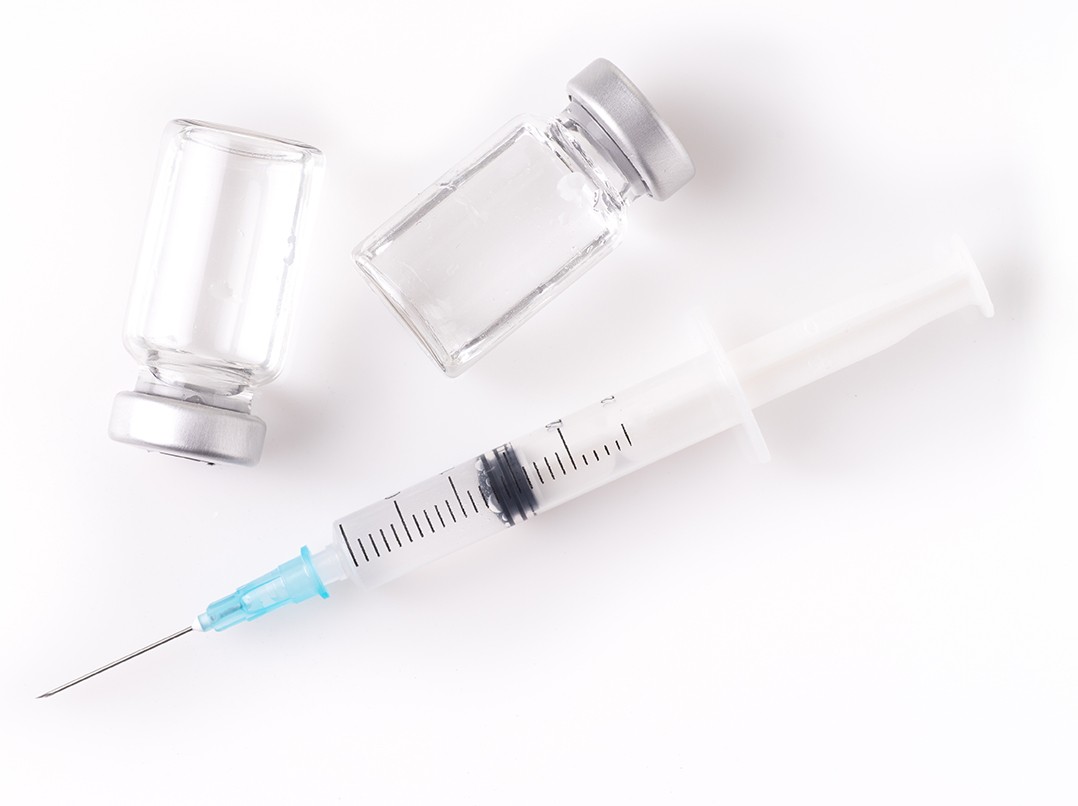
Cancer and the immune system
Cancer risk: Undetermined
The body relies on the immune system – a complex collection of molecules, proteins, cells, tissues, and organs – to protect it from foreign invaders such as bacteria and viruses. The immune system also protects the body against cancer by seeking out and destroying damaged cells before they can become cancerous.
Certain lifestyle behaviors, such as eating a healthy diet, maintaining a healthy weight, being physically active, and getting plenty of sleep, can influence how well the immune system works.
Eating a healthy diet
- The immune system needs vitamins, minerals, and other food components to work properly. Eating a healthy, plant-rich diet that includes whole grains, vegetables, fruits, nuts, and beans will provide nutrients needed to support immune function. For example, vitamin C, which is found in addition to citrus fruits, berries, peppers, broccoli and many other fruits and vegetables, helps immune cells called neutrophils move toward and destroy foreign invaders [in laboratory studies].
- Zinc, which is a mineral found in nuts, seeds, and beans, helps prevent viruses from reproducing in the body and the body needs zinc to produce several different types of antibodies and other immune cells.
- Many other vitamins and minerals support the immune system, too. A healthy diet provides other beneficial compounds, too. For example, fruits and vegetables contain health-promoting substances called phytochemicals. Research in cells and animals shows that one broad group of phytochemicals called polyphenols.
- Choosing a mixture of nutrient-rich foods is the best way to get these immune supporters, since high doses of some (such as zinc) can actually suppress function of immune cells / reduce immunity. Intervention studies and observational studies in humans show that eating more fruits and vegetables can decrease harmful inflammation and improve immune cell function. Benefits for immune function likely come from combined support from many nutrients, phytochemicals and even dietary fiber.
Learn more about the phytochemicals in food and how a diet of cancer fighting foods can help your immune system.
Maintaining a healthy weight
- Having overweight or obesity can interfere with how well the immune system works. Excess body fat increases inflammation in the body and reduces the body’s ability to respond to infection. Body fat can also accumulate in lymphoid tissue (specialized areas of the body where immune cells develop), reducing the body’s ability to effectively launch an immune response.
Learn more about the benefits of maintaining a healthy weight.
Being physically active
- Getting 150 minutes of moderate to vigorous intensity exercise every week can boost immune function. Research shows that even a single bout of exercise helps cells in the immune system seek out foreign invaders such as bacteria and viruses. In addition, exercise appears to slow immune system aging, helping the body fight disease well into older age.
Learn more about the health benefits of being physically active.
Getting plenty of sleep
- Getting enough sleep is essential for immune health. Not getting enough sleep can weaken the immune system by reducing the number of disease-fighting cells in the body and increasing levels of proteins that cause inflammation. Roughly one-third of adults living in the United States are sleep-deprived. Adults should aim for seven or more hours of sleep every night.
Learn more about the importance of sleep.

Infections and cancer
Cancer risk: Fact
Almost one-fifth of all cancers worldwide are caused by viral, bacterial, or parasitic infections.
Infections most commonly associated with an increased cancer risk are the human papilloma virus (HPV), hepatitis B (HBV) and C (HCV) viruses, and the bacterium Helicobacter pylori (H. pylori).
- HPV. HPV is a common infection, but there are some high-risk types of the virus that can lead to several cancers, including cervical and anal cancer. HPV is spread through close skin-to-skin contact, usually during sexual activity. Using a barrier method of contraception reduces the risk. Vaccination is also effective where available. For example, girls in the U.K. (aged 12-13 years) and the U.S. (aged 11-12 years) are offered vaccination against the types of HPV that cause the majority of cervical cancers. The CDC recommends routine vaccination at 11 or 12 years.
- HBV and HCV. Infection with HBV or HCV can cause liver cancer. These infections can be passed on through blood and other bodily fluids, most commonly through sexual activity or sharing needles to inject drugs. In most countries, young children are offered routine vaccination against HBV. The risk can also be reduced by practicing safe sex and not sharing needles.
- H. pylori. Infection with H. pylori, a type of bacterium that grows in the inside layer of the human stomach, is very common worldwide, especially in low and middle-income countries. Usually acquired during childhood, H. pylori infection is spread through contaminated food and water and direct mouth-to-mouth contact. H. pylori can cause stomach ulcers, and it also increases the risk of stomach cancer. Infection with H. pylori can be treated, so a person should talk to their doctor if they have stomach problems or ulcers.
- HIV. People infected with the Human Immunodeficiency Virus (HIV) are also at an increased risk of some cancers, including Kaposi sarcoma, lymphoma, liver, and lung. Treatment for HIV is available, so anyone who thinks they are at risk should talk to their doctor about being tested.
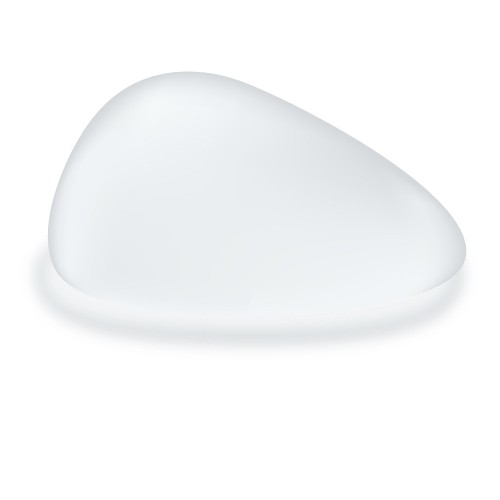
Breast Implants
Cancer risk: Fact
Most breast implants contain either saline (saltwater) or silicone gel. Some breast implants may leak into the surrounding breast tissue. Numerous studies have been conducted to find out whether leakage from silicone breast implants increases the risk of breast cancer.
In 2016 WHO announced there was a T-cell lymphoma (BIA-ALCL) that can develop following breast implants. Data, unfortunately is limited due to restricted reporting and no confirmed number of breast implant sales. Read the latest information from the FDA about Breast Implant-Associated Anaplastic Large Cell Lymphoma (BIA-ALCL).

Burned or Browned Foods
Cancer risk: Fiction
Burned or browned foods may contain acrylamide, a compound produced when some foods are cooked at high temperatures. It is a natural by-product of the cooking process. There have been discussions around whether or not acrylamide is linked to the development of cancer.
The highest levels of acrylamide are found in processed foods with high starch content that have been cooked above 248 degrees Fahrenheit, such as chips, bread, breakfast cereals, cookies, crackers, cakes, and coffee (due to roasting the beans).
Acrylamide can also be produced during home cooking, when high-starch foods are baked, roasted, grilled, or fried at high temperatures. When bread is toasted, for example, this causes acrylamide to be produced. The darker the color of the toast, the more acrylamide produced.
However, the research linking acrylamide to cancer has only been carried out using animals. AICR/WCRF has carried out a review of studies in people and found no link between acrylamide in food and increased risk for cancer.

Coffee
Cancer risk: Fiction
There is no strong evidence that coffee can prevent cancer, reducing the risk of endometrial and liver cancer. The evidence on coffee consumption for several other common cancers shows protection or no effect.
However, AICR cannot make any specific recommendations about coffee consumption because there are too many unanswered questions. For example, are the benefits a result of drinking coffee regularly, or in large amounts? There is also no evidence on the effects of adding milk and/or sugar, or of drinking caffeinated, decaffeinated, instant, or filter coffee.
For general health, research from the European Food Safety Authority (EFSA) shows it is safe for healthy adults, including pregnant women, to drink no more than 200 milligrams of caffeine in a single setting. This is roughly equivalent to 12 ounces of coffee, or two coffee cup servings of filter coffee. Drinking up to 400 milligrams of caffeine (about four cups of filter coffee) a day does not raise safety concerns for most healthy (non-pregnant) people.

Computer Screens
Cancer risk: Fiction
Computer screens and monitors emit electromagnetic radiation, but only at low levels that are considerably below the safe levels laid down by international recommendations. Studies have found no links between computer screens and risks to health.
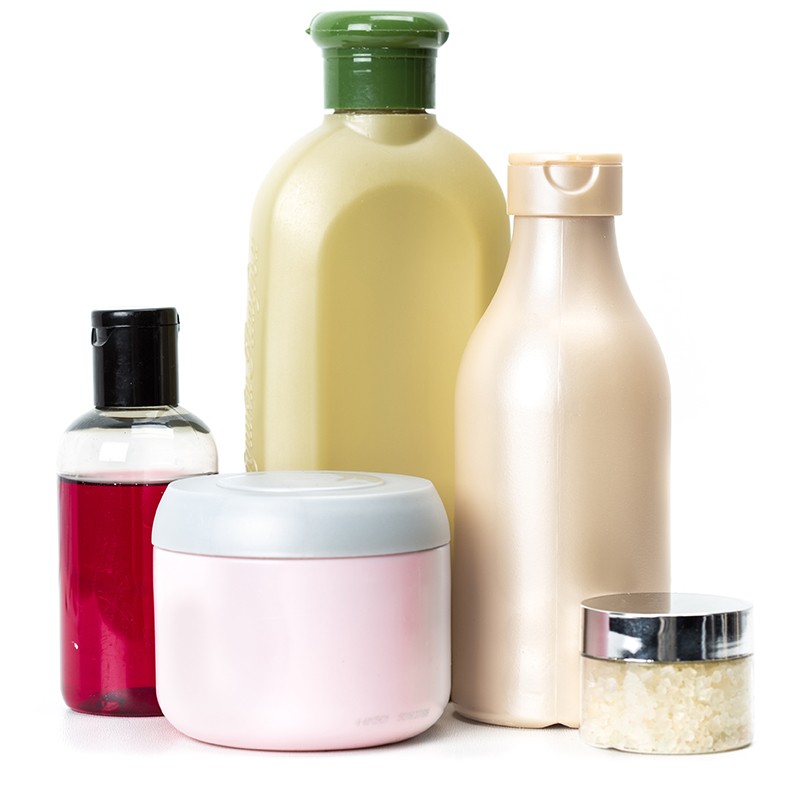
Cosmetics and Toiletries
Cancer risk: Fiction
Cosmetics and toiletry products such as moisturizers, shampoos, deodorants, and toothpastes contain many chemicals. Most studies have found no link between cancer and the chemicals used in these products
Most countries have strict regulations to ensure these products are safe. Some studies have found a link between talcum powder (talc) and ovarian cancer, but there is not enough evidence to be certain of this. Even if there were an increased risk, scientists estimate it would be small. Research is ongoing.
Visit the Food and Drug Administration for individual lists of approved color additives in food, drugs and cosmetics.
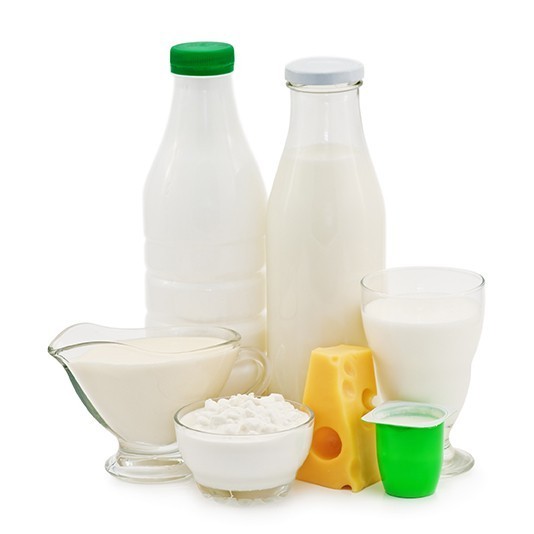
Dairy Products
Cancer risk: Fiction
Dairy products include milk, cheese, yogurt, butter, and other products from milk-producing animals such as cows, sheep, or goats. AICR’s latest comprehensive report on breast cancer did NOT find strong evidence that dairy foods have an effect on breast cancer risk.
The report was based on all the relevant literature in the field, using the highest quality evidence available.
- For pre- and post-menopausal breast cancer, evidence was limited, but suggestive, that diets high in calcium decrease risk.
- For premenopausal breast cancer, evidence was also limited, but suggestive, that dairy products decrease risk.
That means it is not strong enough to say there is a link, but the studies point in that direction.
- For post-menopausal breast cancer, evidence was even weaker for dairy products – though it was judged to be limited, meaning there was no conclusion. So, there were no links showing that dairy foods increase risk for breast cancer.
However, evidence shows that dairy products do decrease risk for colorectal cancer.

Food Additives
Cancer risk: Undetermined
Food additives are ingredients added to foods for various reasons, such as to add color, enhance flavors, or to make them last longer. All additives, including artificial sweeteners, are assessed for safety before they are used in foods. In the U.S., the Food and Drug Administration (FDA) assesses all additives before they can be used. There has been reported concern that food additives can increase the risk of cancer.
The only food additives for which evidence has shown a link with cancer are nitrites and nitrates, which are used as preservatives in processed meat. Eating processed meat is strongly associated with an increased risk of colorectal cancer. There is currently no other strong evidence linking food additives to an increased cancer risk.
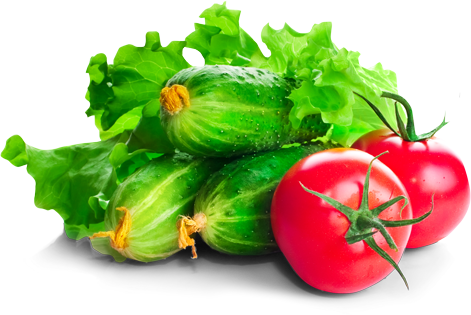
Genetically Modified Foods
Cancer risk: Fiction
There is currently insufficient evidence to conclude that genetically modified foods – commonly known as GMOs – affect cancer risk.
Genetically modified foods are produced from organisms that have had specific changes introduced into their DNA using genetic engineering.

Grilling and cancer
Cancer risk: Fiction
Research has not identified a link between grilling and increased risk of cancer.
But cooking meats at high temperatures – which can include grilling – can cause two classes of carcinogens, polycyclic aromatic hydrocarbons (PAHs) and heterocyclic amines (HCAs), to form on or in the meat.
Laboratory experiments have shown that HCAs and PAHs can cause changes in DNA that may increase the risk of cancer.
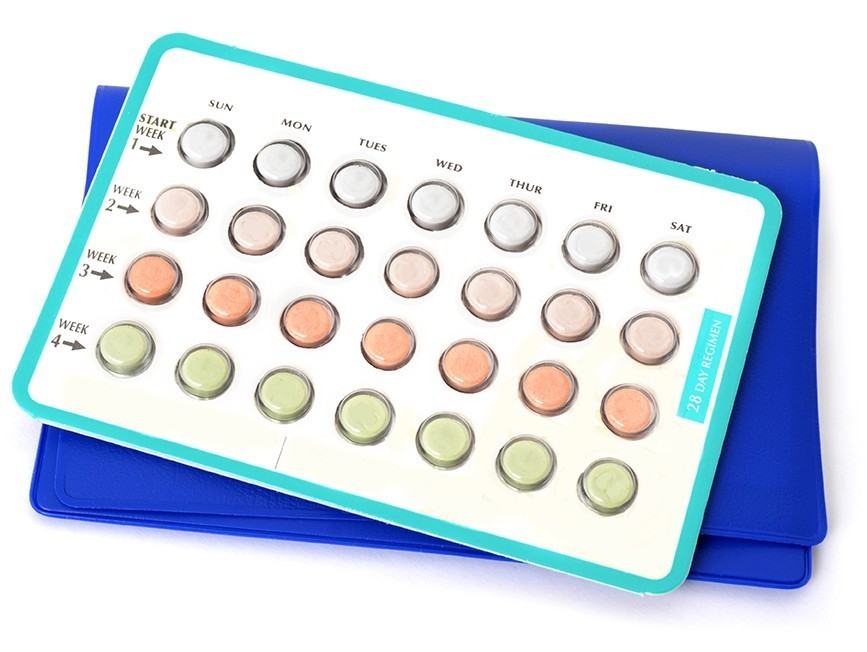
Hormonal Contraception (such as The Pill)
Cancer risk: Undetermined
Research to date suggests that women who use hormonal contraception, including the combination (estrogen and progesterone containing) pill, the progesterone-only pill (known as the mini-pill), and the contraceptive patch (which contains estrogen and progesterone), have an increased risk of breast cancer compared with women who do not use these forms of contraception.
But more research is needed to confirm this, especially the link between the progesterone-only pill and breast cancer, where the evidence is less clear.
There is also some research suggesting a link between long-term use of combined (estrogen and progestogen) contraception, such as the combination pill and patch, and a small increased risk of developing cervical cancer.
With the combination pill the risk slightly increases when taking the pill, but slowly returns to normal after a woman stops. (The evidence is less clear for the progesterone-only “mini” pill.) For both breast and cervical cancer, evidence shows that 10 years after a woman stops taking the combination pill, her risk will be the same as if it had never been taken. This has also been shown for breast cancer risk among women who took the progesterone-only pill.
Evidence shows the pill offers some protection against some cancers by reducing the risk of developing ovarian (risk continues to decrease the longer the pill is taken), endometrial (for at least 15 years after a woman stops taking the pill), liver, and colorectal cancers. This may also be the case for the contraceptive patch. More research is needed to confirm these links.
The increase in cancer risk from using any form of hormonal contraception is very small and, for many women, the benefits may outweigh the risk. However, if a woman is concerned about cancer risk, she should discuss her options with her doctor. Not smoking, followed by maintaining a healthy weight, keeping active, and eating a healthy diet, are the most effective ways to reduce cancer risk.
Visit IARC for more information.
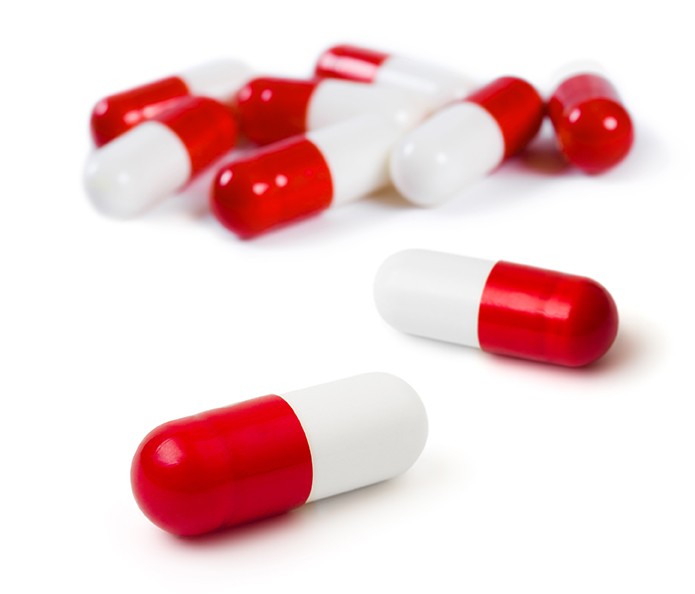
Hormone Replacement Therapy
Cancer risk: Fact
There is evidence that taking HRT increases the risk of breast, endometrial, and ovarian cancers. However, this increased risk is slight.
A woman’s exact risk is dependent on the type of HRT being taken, how long it is taken, and how high the dose is.
HRT is taken by women going through menopause to help reduce symptoms such as hot flashes, night sweats, and mood changes. It works by increasing the amount of estrogen, which naturally drops during menopause, in the body.
HRT does have benefits for women. It can improve quality of life by relieving many of the symptoms of menopause. There is also evidence that it can reduce a woman’s risk of developing colorectal cancer and osteoporosis (thin or weak bones).
A woman should discuss whether to start or stop using HRT with her doctor, who will be able to tell her what options are available. For some women, the benefits may outweigh the risks. However, to minimize the risk of breast cancer, it is preferable to use the lowest dose of HRT necessary to relieve symptoms for the shortest possible time.
Not smoking, followed by maintaining a healthy weight, keeping active, and eating a healthy diet, are the most effective ways to reduce cancer risk.
HRT does affect different cancers in different ways, though the overall increased risk is small.
- Breast Cancer. Studies have shown that taking combined HRT (which contains the hormones estrogen and progesterone) increases the risk of breast cancer. The evidence about estrogen-only HRT is less clear: It may also increase risk, but to a lesser extent than with combined HRT.
With combined HRT, the risk of developing breast cancer increases slightly the longer a woman takes HRT, but the risk decreases gradually once she stops. Five years after stopping HRT, a woman’s risk of developing breast cancer will be the same as if she had never taken HRT. The evidence is less clear for estrogen-only HRT.
Naturally occurring estrogen and progesterone are thought to affect the growth of some breast cancers. Having higher levels of these hormones from taking HRT might explain why it increases the risk of breast cancer, but we don’t yet know for sure.
- Endometrial Cancer. There is strong evidence that estrogen-only HRT increases the risk of endometrial cancer. The evidence relating to combined HRT is less clear. The increase in endometrial cancer risk seems to be smaller in women using combined HRT than estrogen-only HRT. It is also possible that, with the correct dose of progesterone within combined HRT, there is no effect on risk, but research has not yet demonstrated this.
- Ovarian Cancer. Evidence has shown an increase in the risk of ovarian cancer from taking both combined and estrogen-only HRT. The size of the increase in risk is small, but it is seen soon after a woman begins taking HRT (appearing in women who have been taking HRT for less than five years). However, when a woman stops taking HRT, her risk does start to reduce.
- Colorectal Cancer. There is some evidence that HRT may reduce the risk of colorectal cancer, but as yet there is insufficient evidence to confirm which type of HRT is most beneficial, the size of the reduction in risk, or how long the benefit lasts. More research is needed to answer these questions.
Visit the National Cancer Institute for more information on hormones.

Hormones in Cattle
Cancer risk: Fiction
Some farmers give their cattle hormones to increase milk production and promote growth. A European Union Scientific Committee report states that there is no scientific evidence that hormones used in cattle pose a health risk.
Legislation about hormones in cattle varies from country to country. For example, growth hormones are used in dairy farming in the U.S., whereas the use of hormonal growth promoters for livestock is banned in the U.K.
Bovine somatotropin (BST), a hormone used to increase milk or meat production in cattle, is banned in the U.K. and Europe but is licensed in the U.S. BST was banned on animal welfare grounds, not because there is any proven effect on human health.
In the U.S., the Food and Drug Administration regulates the content of milk and other dairy products to ensure these products are safe to consume.
Visit the FDA’s Milk Guidance Documents & Regulatory Information for more information.

Indoor Air Pollution
Cancer risk: Fact
Exposure to indoor air pollution in the home increases the risk of cancer.
Exposure to tobacco smoke in the home, including passive smoking through exposure to other people’s smoke (also called “secondhand smoke”), increases a person’s risk of cancer.
Another indoor air pollutant, radon, is a naturally occurring radioactive gas that is associated with a slightly increased risk of lung cancer. In areas where the gas occurs naturally in high concentrations, it can build up to high levels.
The U.S. Environmental Protection Agency provides guidance on how people can reduce the amount of radon they are exposed to in the home to a safe level.
However, exposure to radon is associated with a very small number of lung cancer cases in comparison with the number caused by smoking. Most of these are actually caused jointly by radon gas and smoking. For example, smokers living in areas with high levels of radon gas are more than 20 times more likely to develop lung cancer.
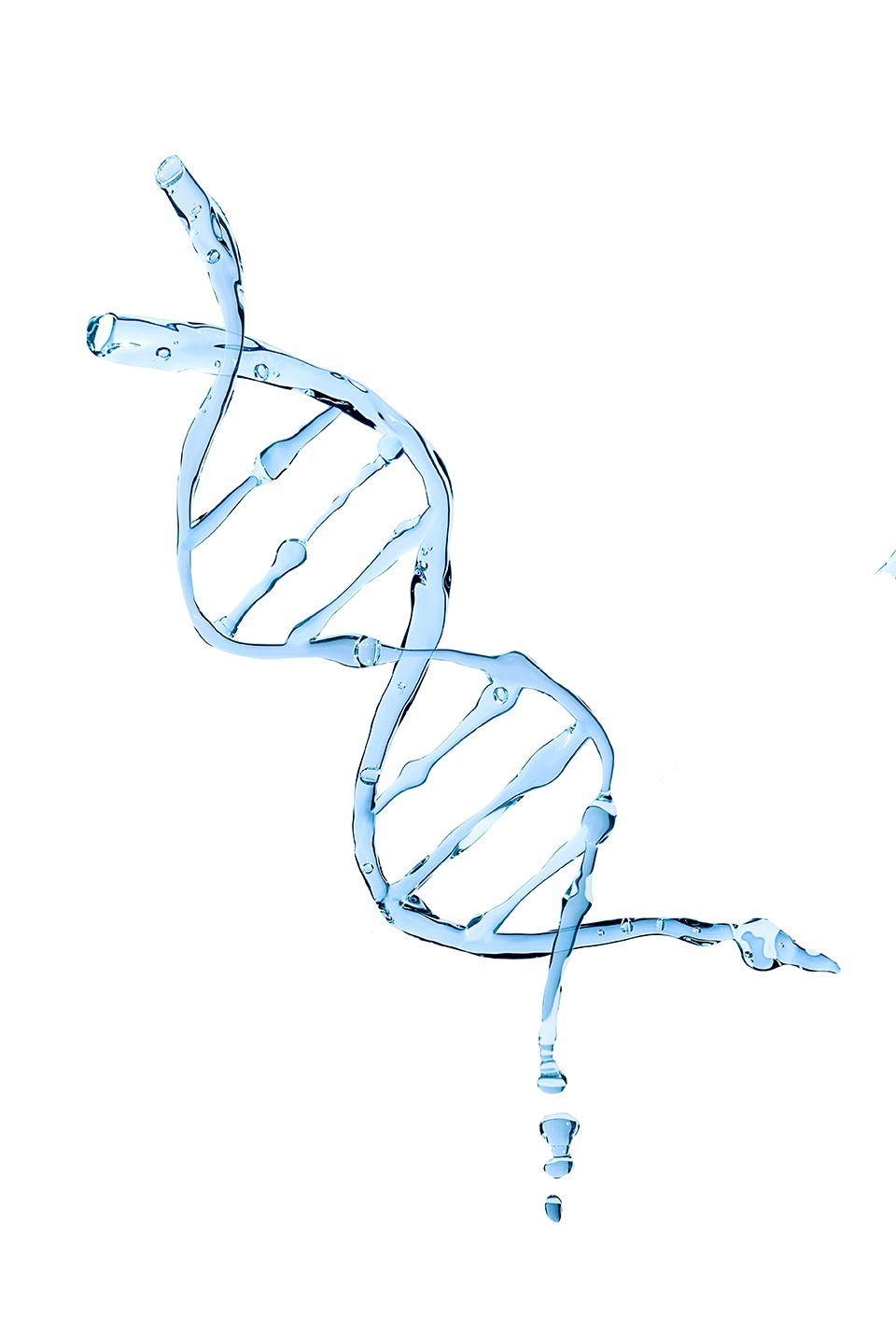
Inherited Genes / Family History
Cancer risk: Fact
Only about 5 to 10 per cent of all cancer cases result from specific inherited genes.
Scientists have identified some inherited gene mutations that are linked to cancer, such as BRCA1 and BRCA2, which increase the risk of breast and ovarian cancers in particular. However, these gene mutations are relatively rare.
People who inherit gene mutations such as these have a higher than average risk of developing some types of cancer, although it doesn’t mean they will definitely get cancer.
If a person has a history of cancer in their family, or they are concerned that they may have inherited genes that increase their cancer risk, they should speak to their doctor.
Visit the National Institute for Health for more on cancer and genetics.
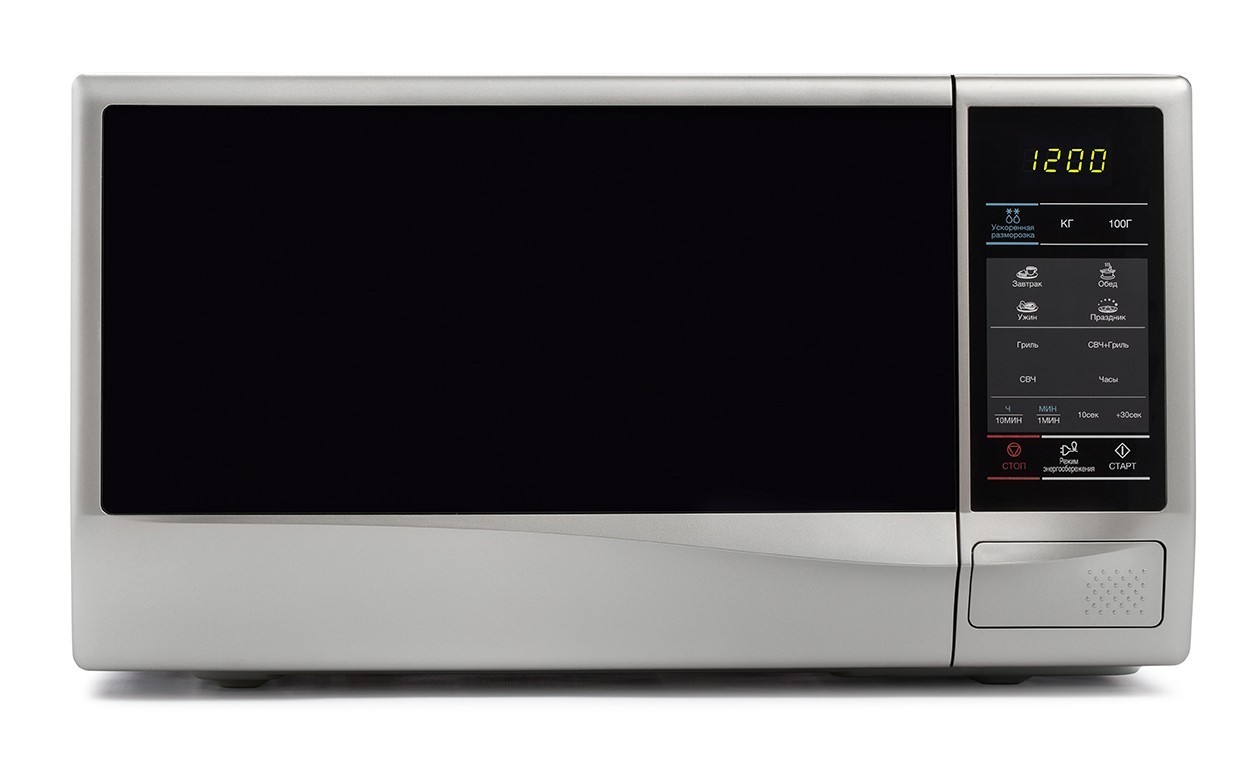
Microwave ovens
Cancer risk: Fiction
Microwave ovens produce electromagnetic radiation. Although some studies have suggested an association between microwave ovens and cancer, most research has found no link.
Most countries have manufacturing standards that specify maximum leakage levels for new ovens. This reduces leakage outside the ovens to almost undetectable levels, and exposure to leakage drops as a person moves further away from the oven. A modern oven in good condition is safe to use if a person follows the instructions correctly.
Cooking food in microwave ovens does not cause cancer either. However, it’s important to remember that any type of cooking can affect the nutritional value of some foods, such as fruits and vegetables. In general, the best way to retain as many nutrients as possible when cooking fruits and vegetables is to use as little water as possible and avoid overcooking them.

Mobile Phones
Cancer risk: Fiction
Mobile phones emit small amounts of electromagnetic radiation. There has been speculation that this electromagnetic radiation can cause cancer.
Some small studies have found a possible link between the use of mobile phones and cancer, but these studies were not considered of good enough quality to be certain of a true effect. The largest study carried out so far has found no link. However, the widespread use of mobile phones is still a relatively recent practice, so there has not yet been enough research into their long-term effects.
The radio frequency electromagnetic radiation that mobile phones give off is very weak and cannot directly cause cancer. Studies in this field are continuing, but in the meantime, most governments recommend avoiding heavy mobile phone use by using a hands-free set and keeping calls short.
And since there has not been enough research into the effects of mobile phone use on children’s health, it is advised that children under the age of 16 should only use mobile phones for essential calls.
Visit the National Institute for Health for more on Mobile phone risk –
https://www.cancer.gov/about-cancer/causes-prevention/risk/radiation/cell-phones-fact-sheet

Night Shift Work and Lighting
Cancer risk: Fiction
Some studies in the past have suggested that working night shifts or being exposed to artificial light at night could increase the risk of cancer, in particular breast cancer. However, many of these studies looked at breast cancer in animals, and so did not prove that shift work increases the risk of breast cancer in humans.
In 2007, the International Agency for Research into Cancer (IARC) concluded that working night shifts probably does increase the risk of cancer, based on the available evidence at the time. But more recently a review of ten different studies in humans showed that night shift work is unlikely to increase a person’s risk of breast cancer.
This research also found that women working night shifts are more likely to be overweight or obese than women who don’t work night shifts. Overweight and obesity are associated with a higher risk of many cancers, including breast cancer. This may be because the working pattern of night shift workers makes it more difficult to shop for and cook healthy food or take part in regular physical activity.
Based on all the research to date, there is not enough reliable evidence to suggest that night shift work causes breast cancer. IARC is now planning to review the evidence on shift work.
The CDC’s National Institute on Occupational Safety and Health and the National Cancer Institute have more information on occupation risks and occupational exposures.
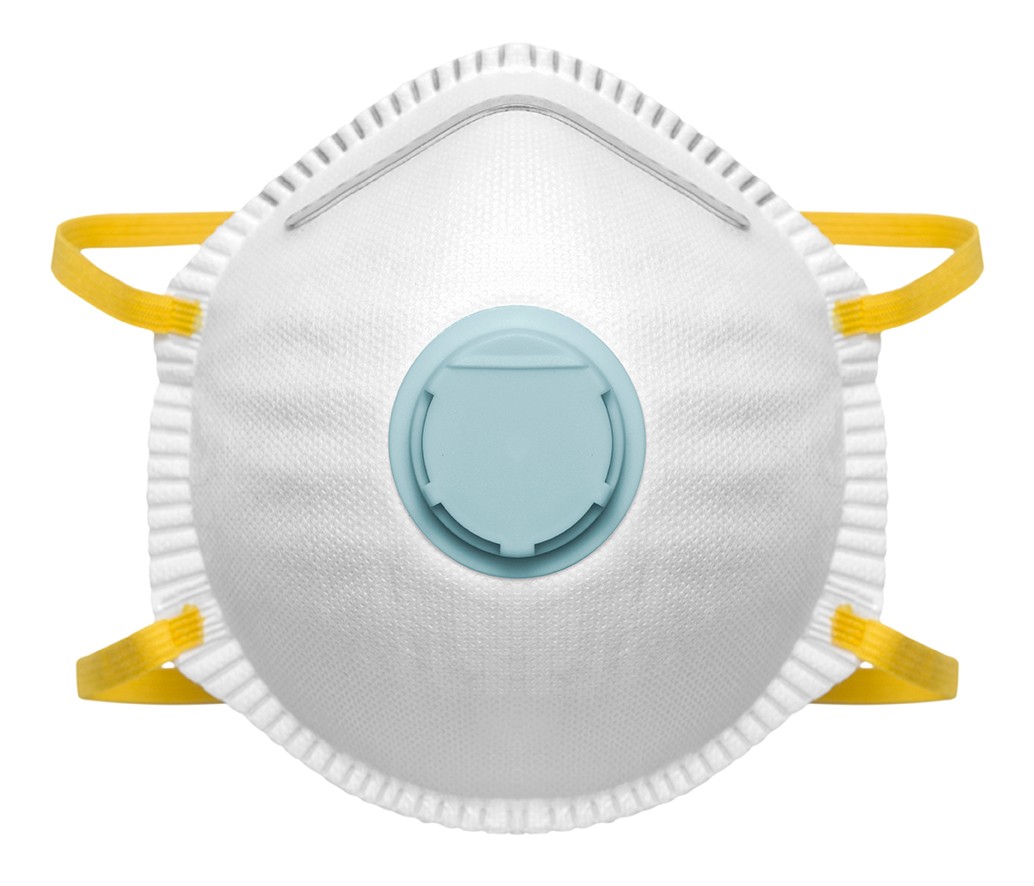
Occupational Exposure
Cancer risk: Fact
Exposure to radiation, asbestos, pesticides, or other cancer-causing chemical substances through a person’s occupation or workplace can be associated with a higher risk of developing cancer.
It’s important to remember that this usually affects only a small number of people in very specific jobs, and that the main risk comes from heavy exposure over several years.
However, most countries now have strict regulations for hazardous substances in the workplace, which means that exposure to these substances and the associated health risks have been significantly reduced in recent years.
Regulation of these substances is generally more effective than individual actions. In addition, smoking often increases the risk related to occupational cancer-causing substances. For example, non-smoking asbestos workers are five times more likely to develop lung cancer than non-smokers not exposed to asbestos. But if asbestos workers smoke, they are 50 times (or more) likely to develop lung cancer. Environmental exposures can also increase the risk of lung cancer death.
A person should follow their employer’s safety guidelines to limit their exposure and reduce their risk.

Organic Food
Cancer risk: Undetermined
Organic farming makes use of crop rotation, environmental management, and good animal husbandry to control pests and diseases.
The practices used in organic farming reduces the additives found in organic foods. For a processed food to be certified organic, at least 95 percent of the food must be made up of organic ingredients.
There are many different reasons why consumers choose to buy organic food, such as concern for the environment and animal welfare. Consumers may also choose to buy organic food because they believe it is safer and more nutritious than other food and that artificial fertilizers and pesticides may increase the risk of some diseases, including cancer.
Two large studies have looked at organic food consumption and cancer risk. The Million Women Study, a large 2014 study of women living in the U.K., showed little or no decrease in the incidence of cancer associated with consumption of organic food. A study published in 2018 in a large group of French adults showed that people who ate more organic foods, more frequently, in their diets had a lower risk of several types of cancer.
However, this is a single study, and due to its design, it is not possible to be sure that the organic food was causing the lower risk of cancer. There may be other factors, such as income, that influence the results.

Outdoor Air Pollution and Diesel Exposure
Cancer risk: Fact
Air pollution is linked to a slightly increased risk of cancer.
Sources of air pollution range from those caused by human activity, such as fumes from vehicles and smoke from burning fuels, to natural pollutants such as desert dust and radon gas.
In particular, a specific type of air pollutant called particulate matter, which is present in diesel and gasoline exhaust fumes (and tobacco smoke), has been shown to increase the risk of cancer, especially lung cancer. Levels of particulate matter and other air pollutants are relatively low in most of the U.S., though levels are higher in some cities, and they can vary according to factors such as traffic density and weather conditions.
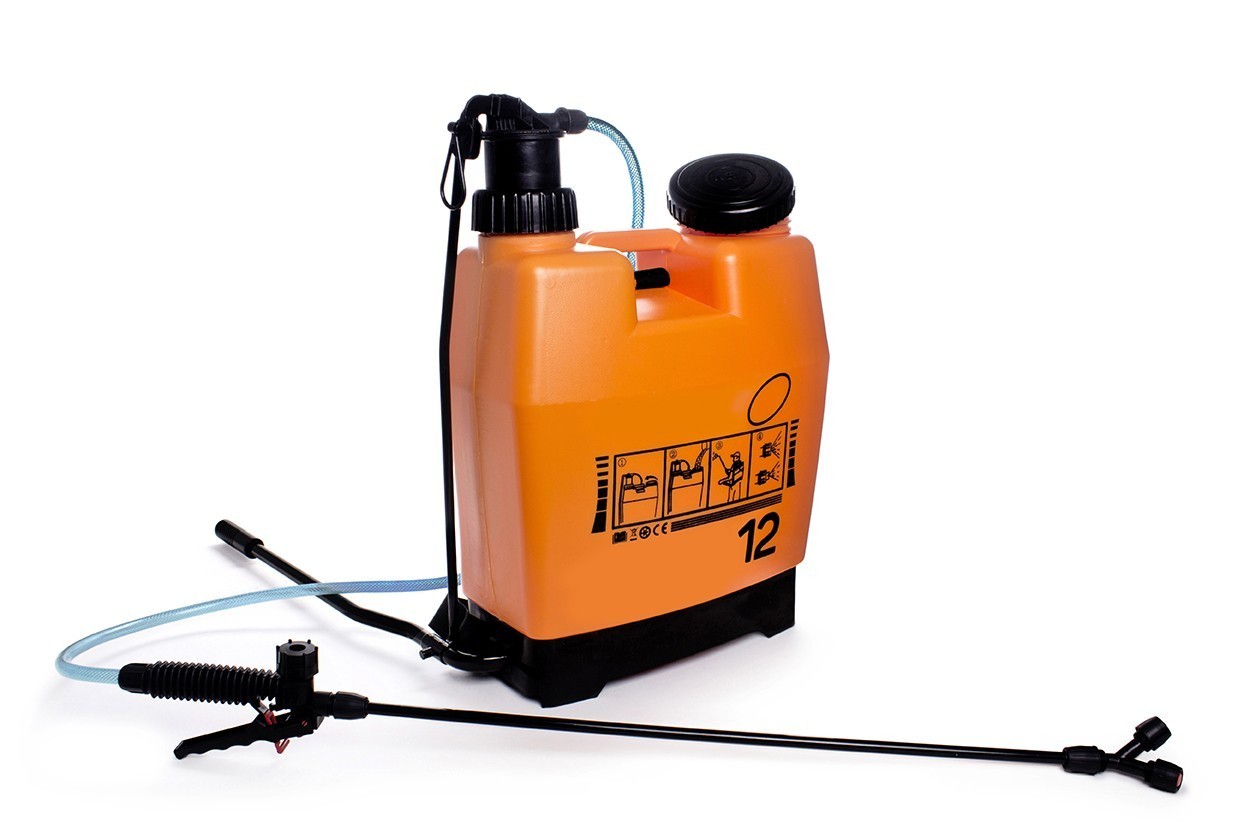
Pesticides
Cancer risk: Fiction
Use of pesticides on organic and conventional foods have to meet the same food safety requirements. The level of pesticides that may be found on the surface of foods are too low to be able to cause cancer.
Before pesticides are approved, they are rigorously assessed to ensure they do not pose an unacceptable risk to human health or the environment, and that any pesticide residues left in food will not be harmful to consumers.
Pesticide residues in the food chain are also monitored to ensure they are within legal and safe limits. Their use is controlled by legal limits, which ensures consumption does not exceed safe levels.
Visit the U.S. Environmental Protection Agency for more information.
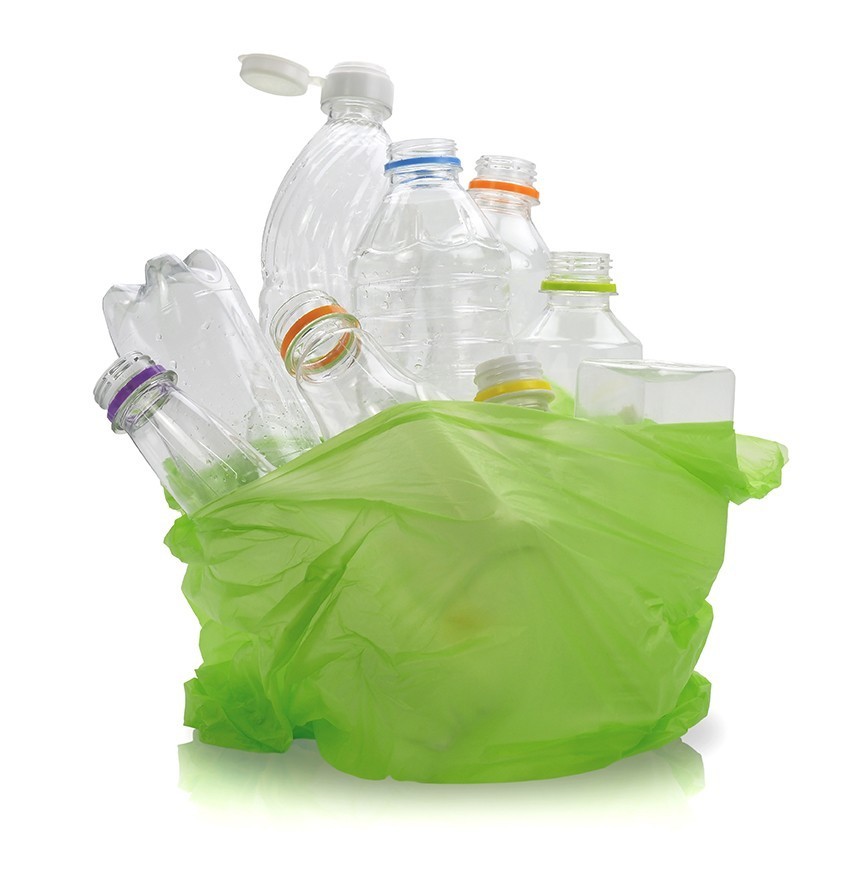
Plastic Bottles and Plastic Food Wrap
Cancer risk: Fiction
There are claims that chemicals in plastic drinks bottles, plastic food wrap, and food containers can cause cancer by seeping into the package contents.
While some studies have shown that a very small amount of chemicals in plastic packaging can get into drinks or food when heated, these amounts have been well within safe limits.
There is no reliable evidence that using plastic bottles or plastic food wrap to drink from, store, or freeze foods and liquids increases a person’s risk of cancer. However, if a person cooks with plastics or uses plastic utensils while cooking, they should follow the directions for use and only use plastics that are specifically meant for cooking. Inert containers, such as heat-resistant glass, ceramics, and stainless steel, are preferable to use for cooking.
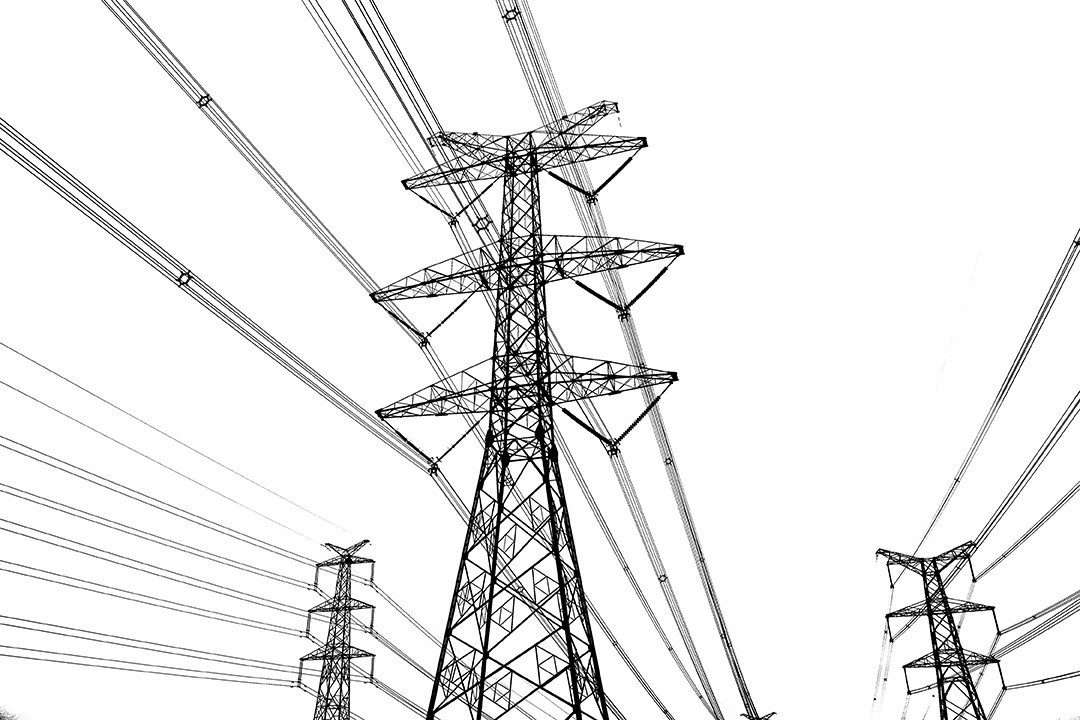
Power Lines
Cancer risk: Fiction
The type of radiation given off by power lines is low-frequency electromagnetic radiation, which does not have sufficient energy to damage cells and cause cancer.
However, some studies have suggested a link between exposure to magnetic fields and a small increase in the risk of childhood leukemia. The evidence for this is limited but a risk cannot be ruled out. No link has been found between exposure to magnetic fields and health risks in adults.

Psychological Stress
Cancer risk: Fiction
Some people have suggested a link between psychological stress (which is what people experience when under mental, physical, or emotional pressure) and an increased risk of cancer.
Most studies have not found that such stress increases the risk of cancer.
However, people under stress can sometimes behave in unhealthy ways, such as smoking, overeating, or drinking heavily, which does increase their risk of many cancers. If a person is under stress, it’s important for them to try to find other ways of coping, such as doing physical activity.
Visit the National Cancer Institute’s section on coping with cancer for more information.
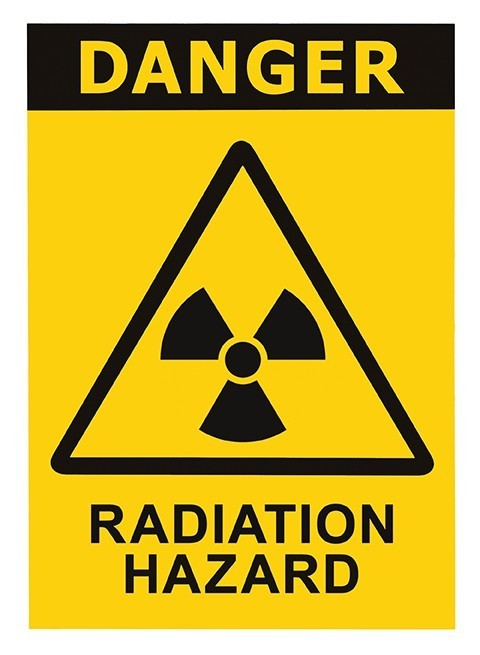
Radiation
Cancer risk: Fact
Some types of radiation can cause harm, including raising a person’s risk of cancer if they are exposed to too much of it.
Ionizing radiation has enough energy to damage DNA and increase the risk of cancer. Non-ionizing radiation has lower energy and, in most cases, has not been found to increase the risk of cancer, unless exposed at much higher levels than experienced in daily life. However, some technologies are relatively new, or the ways in which they are used have changed, and in these cases there is not yet enough data for scientists to be certain about the level of cancer risk.
Radiation at the levels experienced by most people in most situations carries only a very small health risk, if any. Not smoking, followed by maintaining a healthy weight, keeping active, and eating a healthy diet, are the most effective ways a person can reduce their cancer risk.
Ionizing Radiation
- Naturally Occurring Radiation. People can be exposed to the ionizing radiation given off by natural sources (see radon), but the vast majority of people are rarely exposed to amounts high enough to cause us damage.
- Medical Radiation. The majority of exposures to ionizing radiation occur through diagnostic medical X-rays and other types of body imaging such as radiography. An estimated six in 1,000 cancers are associated with diagnostic radiation but it’s important to remember that, while it’s worth avoiding unnecessary X-rays or scans, medical X-rays are generally used where they are the best option and the need for the exposure outweighs the small potential risk. Where possible, doctors will recommend other types of imaging that don’t use radiation (such as ultrasound or MRI scan). A person should speak to their doctor if they are concerned about having an X-ray and tell the doctor about any previous ones they may have had.
- Airport Scanners. Most airports now use body scanners as part of their security measures. These scanners use either radio waves or ionizing radiation, but in both cases at such small doses that they do not raise a person’s cancer risk.
Non-ionizing radiation
- Non-ionizing radiation comes from a variety of sources, such as mobile phones, power lines, and microwave ovens.
- Visit the National Institutes of Health for more information.
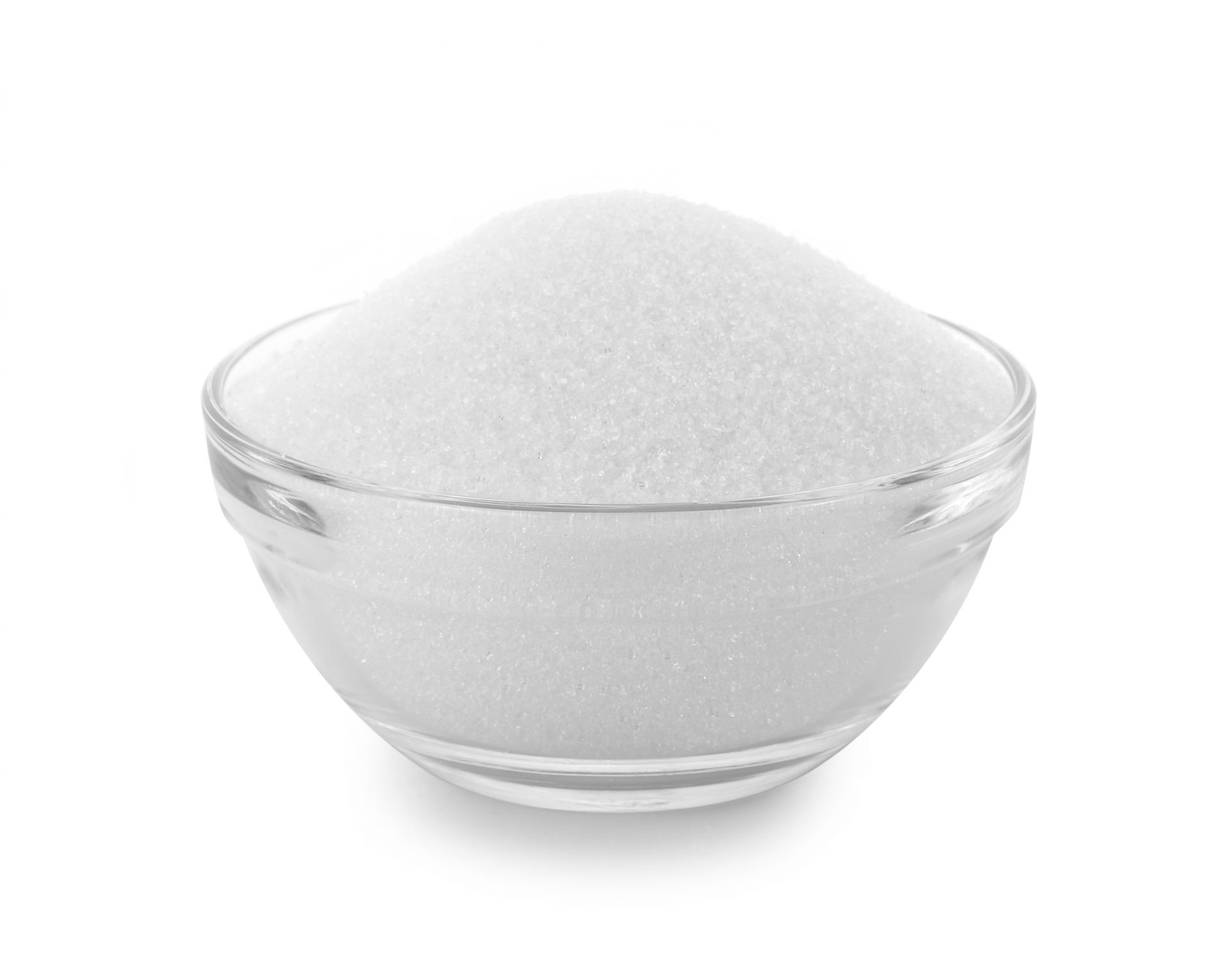
Sugar and Artificial Sweetener
Cancer risk: Fiction
There is no strong evidence to directly link sugar or artificial sweetener to cancer risk.
However, foods that are high in added sugar tend to be high in calories without being nutritious or filling. Eating high-calorie foods or drinking sugary drinks too often or in large quantities can lead to weight gain, and there is strong evidence that being overweight or obese increases the risk of 12 cancer types. Maintaining a healthy weight through eating a healthy diet and keeping active, coupled with not smoking, are the most effective ways a person can reduce their cancer risk.
Studies on artificial sweeteners, including saccharin and aspartame, have shown no convincing evidence of an association with cancer. Earlier cancer scares linked with certain sweeteners have been discredited.

Underwire Bras
Cancer risk: Fiction
Research has not identified a link between the use of underwire bras and breast cancer.
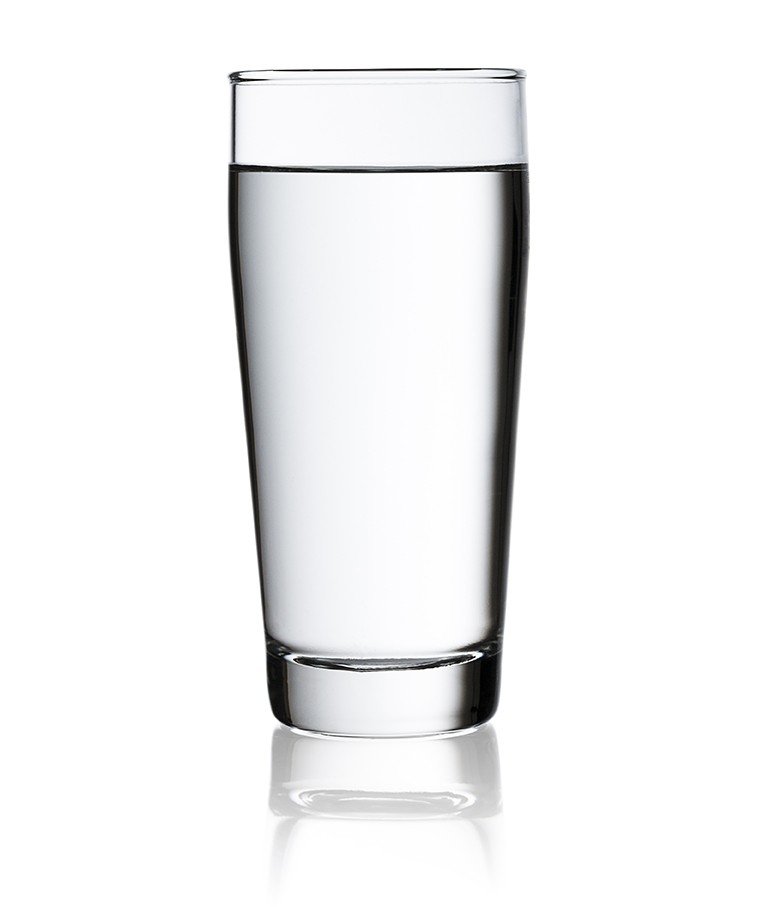
Contaminated Tap Water
Cancer risk: Fact
Most tap water in the U.S. is safe. However, some tap water sources may be contaminated. Research has found that drinking water contaminated with arsenic increases the risk of skin, lung, and bladder cancer.
In the U.S., the Environmental Protection Agency is responsible for checking the quality of water. The Clean Water Act and regulation of drinking water contaminants fall under the EPA’s authority, and state and municipal water systems must comply with the standards set by the EPA to make sure that levels of chemicals and contaminants meet safe standards.
The EPA monitors the effects of water fluoridation on health. To date there is no evidence of a difference in the rate for all types of cancer between fluoridated and non-fluoridated areas.
Water is a healthier choice than many other drinks, particularly compared to those high in sugar and calories, which can contribute to weight gain.
Visit the Environmental Protection Agency for more information.





